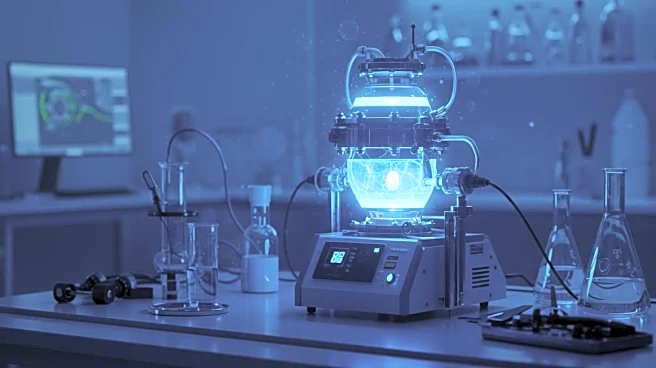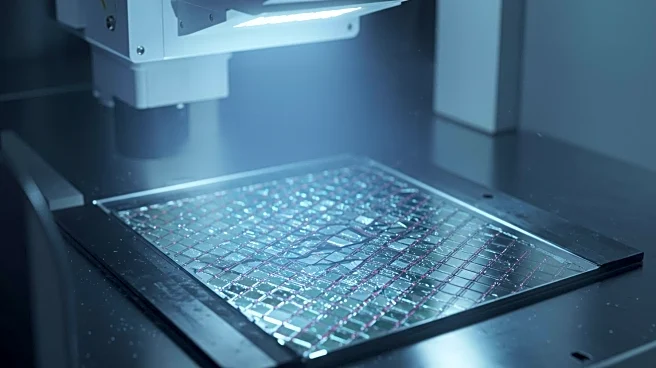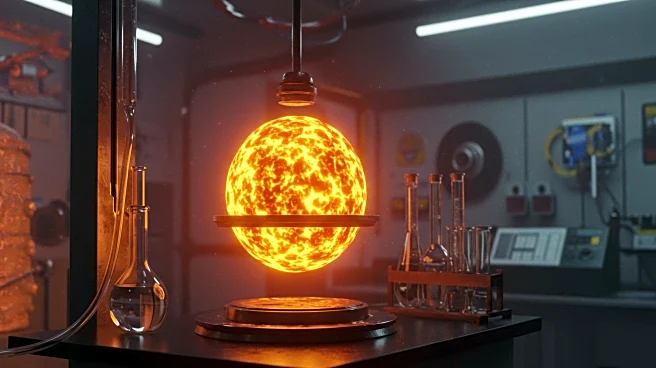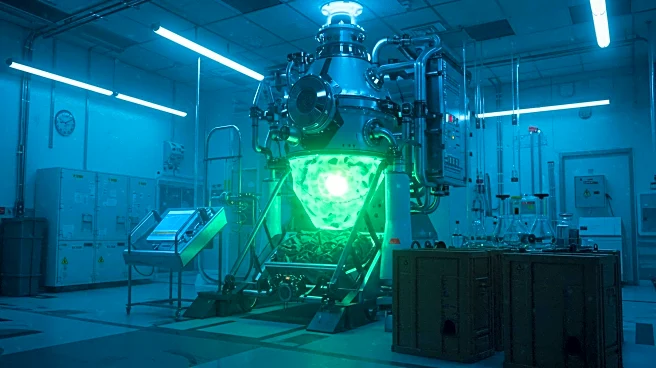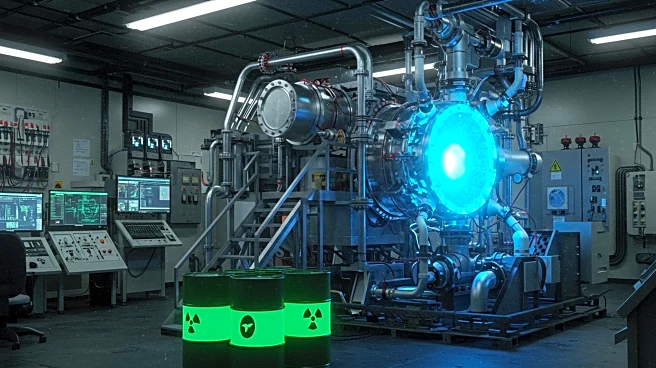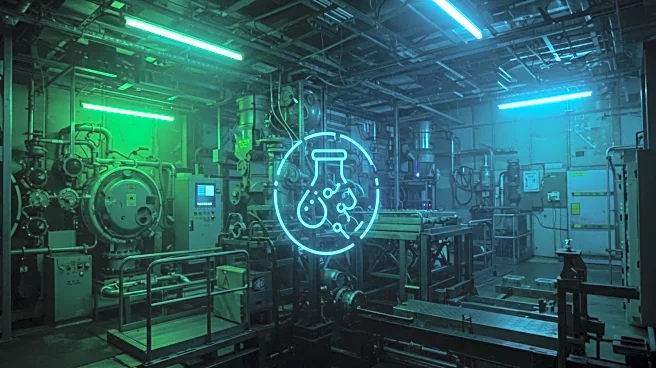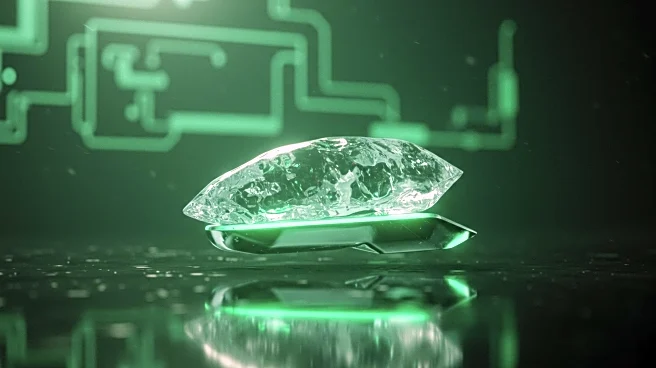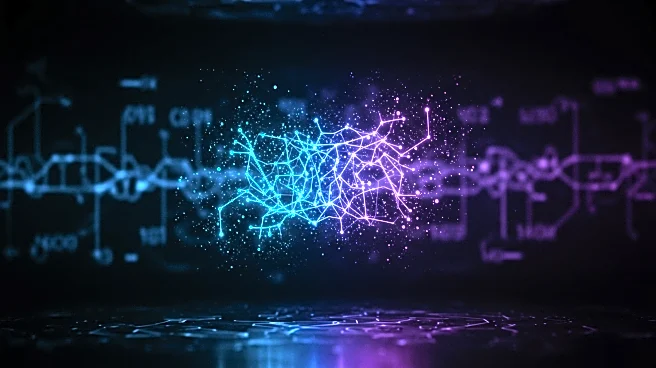What's Happening?
A team of chemists has developed a bench-top reactor named Thunderbird, which operates on plasma science to achieve nuclear fusion. The reactor, roughly the size of a beer fridge, uses an electrochemical cell to produce deuterium ions, boosting fusion rates by 15%. This marks the first credible link between electrochemistry and fusion science, addressing a long-standing controversy in the field. The reactor combines plasma science with electrochemical science, offering a new perspective on fusion reactions and potentially simplifying the engineering aspect of fusion research.
Why It's Important?
The development of Thunderbird represents a significant advancement in fusion research, a field that has long sought to achieve sustainable energy production. By demonstrating a credible link between electrochemistry and fusion, the research could pave the way for more accessible and scalable fusion technologies. This breakthrough has implications for various industries, including energy, engineering, and medical applications. The ability to achieve fusion at room temperature with simpler machines could revolutionize energy production, offering a clean and efficient alternative to current methods.
Beyond the Headlines
Thunderbird's approach could lead to interdisciplinary collaborations, bringing together experts from different fields to tackle complex scientific challenges. The reactor's techniques may also benefit non-fusion research areas, such as superconducting metals and drug development. The project highlights the importance of innovative thinking and cross-disciplinary efforts in advancing scientific knowledge and technology.
